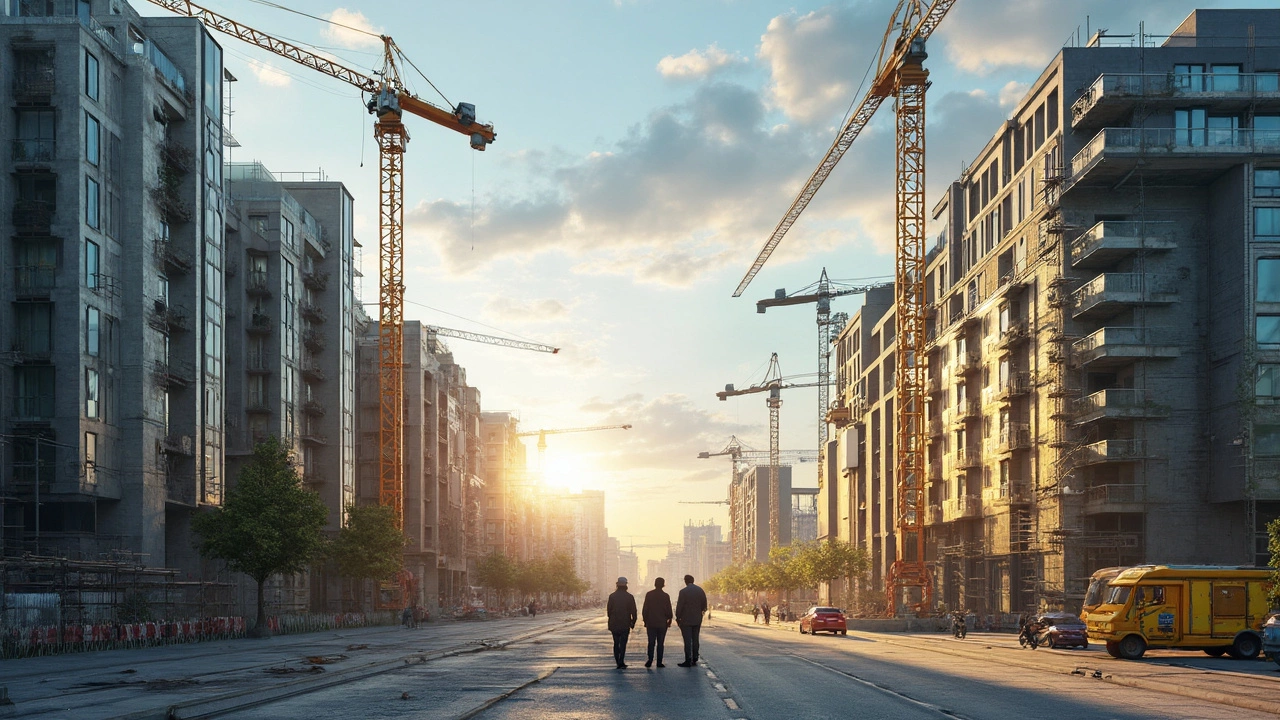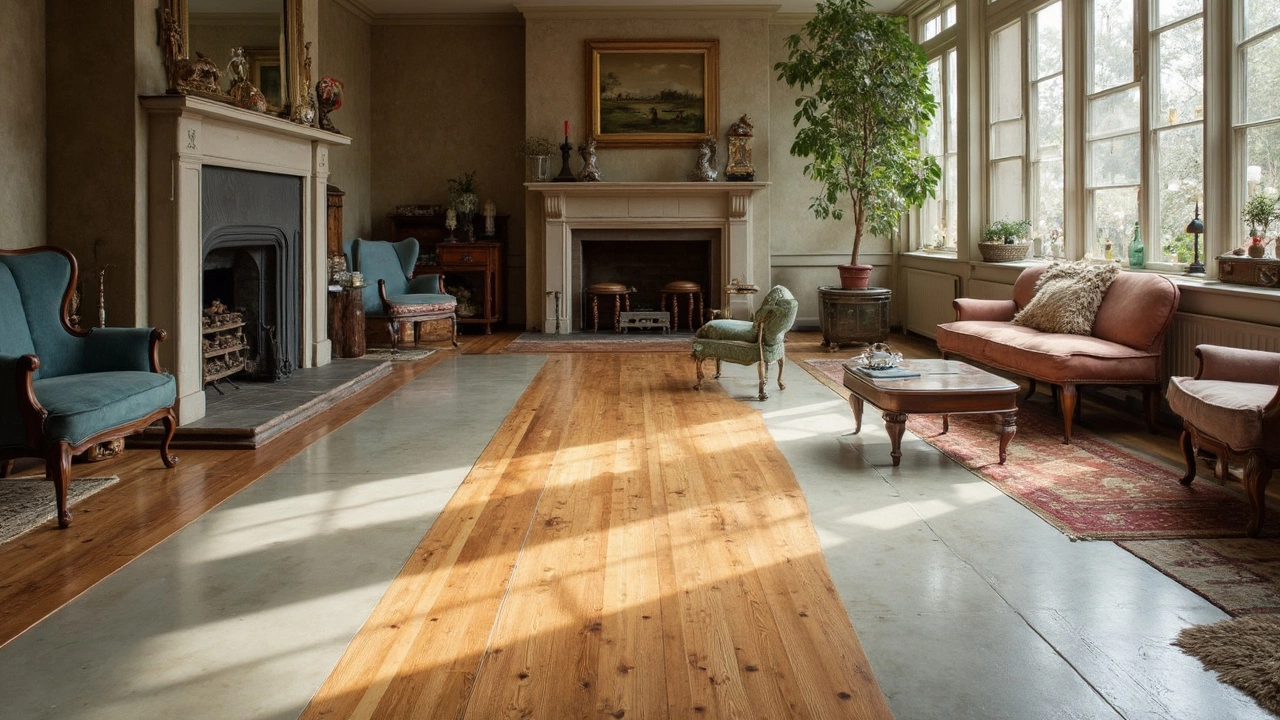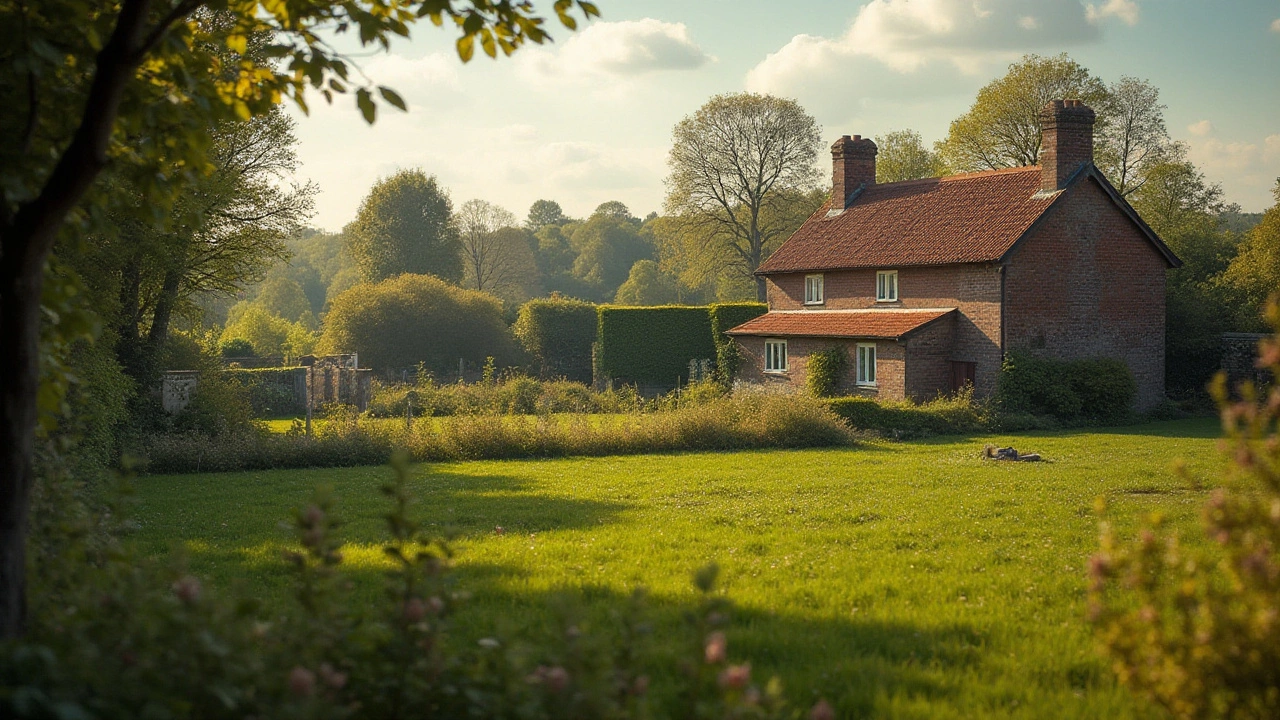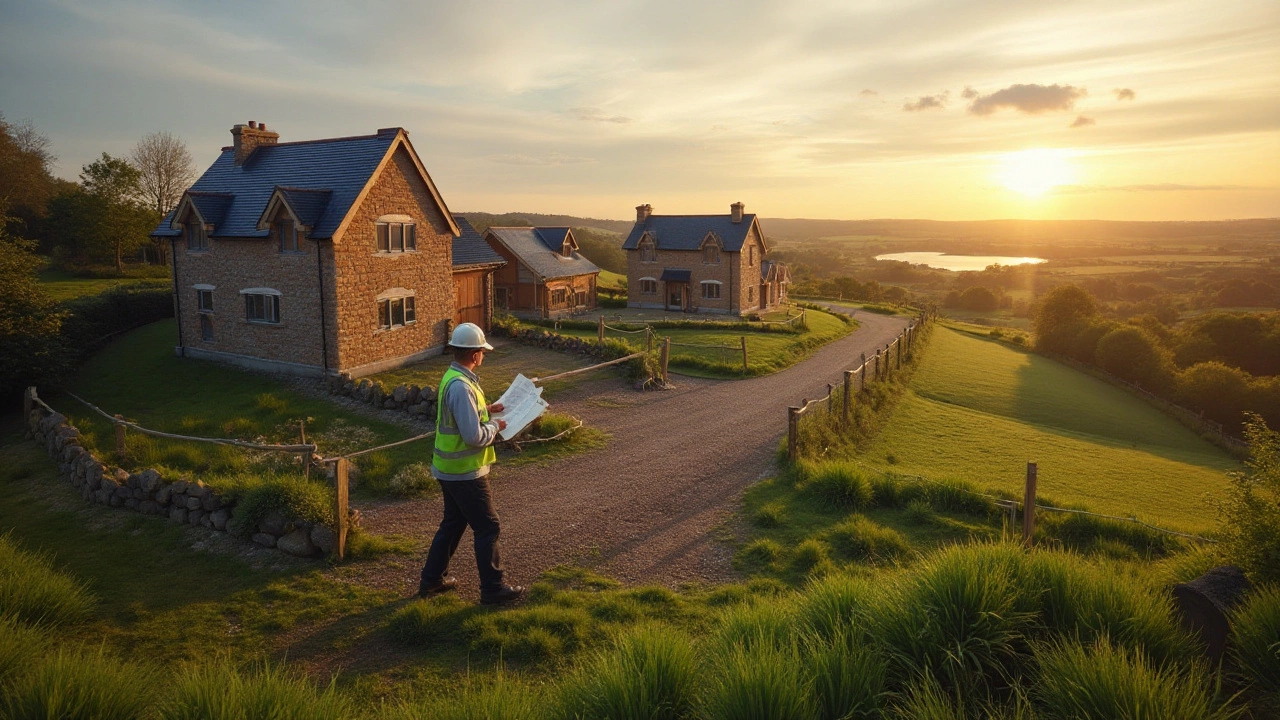New Builds: What Every Homeowner Should Know
Moving into a brand‑new house feels like a fresh start, but new doesn’t always mean trouble‑free. Hidden moisture, settling foundations, and flooring choices can bite you later if you don’t catch them early. Below are the most common issues and quick ways to stay ahead.
Mold Risks in New Homes
Even a brand‑new build can develop mold. Moisture can sneak in through inadequate ventilation, leaky windows, or damp plaster. Look for a persistent musty smell, discolored spots on walls, or condensation on cold surfaces. If you spot any of these, open windows, run de‑humidifiers, and call a professional to investigate the source.
Preventing mold starts with good airflow. Install exhaust fans in kitchens and bathrooms, and keep indoor humidity below 60 %. When you notice condensation on windows, wipe it down and dry the area right away – a little attention now stops a big problem later.
Foundation and Structural Checks
New builds settle for the first few months, which can cause small cracks in walls or doors that don’t close properly. These are normal, but wide cracks or doors that swing open need a closer look. Check the corners of each room for gaps larger than a quarter‑inch.
If you see major cracks, call a structural engineer or a qualified builder. They’ll assess whether the foundation needs reinforcement, such as underpinning or piering. Early repair saves thousands compared to waiting until the issue worsens.
Another easy check is to test level floors. Place a level on each major room; uneven readings might signal shifting foundations. Document any changes with photos and dates – this log helps professionals pinpoint the problem quickly.
Choosing the right flooring for a new build also matters. Engineered hardwood and luxury vinyl plank are popular in 2025 because they handle minor movement better than solid wood. They’re also easier to replace if you discover moisture later.
Before finalising any flooring, ask the installer about moisture barriers and proper acclimation time. Let the sub‑floor sit in the new house for at least 48 hours so it adjusts to temperature and humidity. This simple step reduces warping and squeaks down the line.
Finally, keep all warranties and manuals organized. Most new‑build contracts include a one‑year defect liability period – you have a limited window to report problems without extra cost. Don’t wait for the season to end; act as soon as you notice anything off.
By staying alert to moisture, checking foundations regularly, and picking the right flooring, you’ll protect your new home from costly repairs. A few quick habits now keep your house comfortable and safe for years to come.
What Comes with a New Build? Your Inside Look at Modern Homes
- Gavin Whitaker
- |
- |
- 0
Curious what’s included with a brand new home? This article covers exactly what you can expect when you buy a new build: from standard features and surprise add-ons to what you’ll probably have to sort out for yourself. Find out about guarantees, finishes, kitchen specs, landscaping, and more. Get useful tips so you avoid costly mistakes or assumptions. Make your move stress-free with the complete lowdown.
View moreMost Trusted Home Builder: How to Spot The Best in New Builds
- Gavin Whitaker
- |
- |
- 0
Wondering who’s the most trusted home builder these days? This article breaks down what real trust looks like in the world of new builds, from spotting red flags to insider tips for picking the right crew. We’ll look at real-world examples of what makes a builder reliable, and share must-know facts on pricing, timelines, and construction quality. You’ll get the straight facts, not recycled marketing talk. Let’s make sure you bet your money—and future—on the right people.
View moreUnderstanding New Builds: The Basic Meaning and Beyond
- Gavin Whitaker
- |
- |
- 0
New builds refer to properties that are newly constructed and have never been lived in before. These homes are often part of larger development projects and can include houses, apartments, or commercial spaces. They offer modern conveniences and energy efficiency, making them attractive to buyers. Understanding what constitutes a new build can help potential homeowners make informed decisions. The process of purchasing a new build can differ from buying a pre-owned property, so it's essential to know what to expect.
View moreBest Flooring Options for Your New Build
- Gavin Whitaker
- |
- |
- 0
Choosing the right flooring for a new build can be overwhelming with so many choices available. This article explores various flooring options, comparing their pros and cons to help make an informed decision. Considerations like durability, budget, and aesthetics are crucial when deciding what's best for your new home. The article includes practical advice and unexpected insights to guide homeowners toward the perfect flooring. Whether you're drawn to the classic warmth of wood or the modern vibe of polished concrete, we've got you covered.
View moreUnderstanding Defects in New Builds
- Gavin Whitaker
- |
- |
- 0
New builds can sometimes have defects, which are issues or flaws that affect the construction's quality or safety. Identifying these defects early on can save homeowners time and money, ensuring the longevity and safety of their homes. This article explores common defects, their causes, and tips for dealing with them effectively. Whether you're considering a new build or already living in one, understanding potential defects can help you navigate issues confidently. Read on to learn how to spot defects and protect your investment.
View moreUnderstanding House Settling After 20 Years: What Homeowners Need to Know
- Gavin Whitaker
- |
- |
- 0
House settling is a natural process where a home adjusts to its environment over time. Even after 20 years, homes can still experience subtle shifts or more noticeable changes. Various factors like soil conditions, construction quality, and climate can impact this process. Understanding how to identify settling signs and when to seek professional help is crucial for maintaining structural integrity. This article offers practical insights for homeowners to manage and mitigate the effects of settling in older homes.
View moreChoosing the Best New Build Company for Your Dream Home
- Gavin Whitaker
- |
- |
- 0
Selecting the right new build company is crucial for constructing your dream home. This guide explores top-rated companies, their unique offers, and tips for making an informed choice. We delve into what sets successful builders apart, reflecting on quality, innovation, and customer service. The article also provides insights on how to navigate contracts and warranties.
View moreAssessing the Longevity of Newly Constructed Homes: Are They Built to Last?
- Gavin Whitaker
- |
- |
- 0
Exploring the durability of newly constructed homes involves examining their design, materials, and construction methods. It's crucial to understand if modern building practices ensure a long-lasting structure or if there's a trade-off with rapid construction. This article provides insights into what makes a new build durable and offers practical tips for potential homebuyers. By evaluating various factors, homeowners can make informed decisions about their investments.
View moreDo New Builds Include TVs? An Essential Guide
- Gavin Whitaker
- |
- |
- 0
Newly constructed homes offer various amenities, but whether they include a television is often uncertain. This read explores the possibilities and factors influencing the inclusion of TVs in new builds. It also provides insightful tips for potential buyers on what to expect and how to plan for their entertainment needs. Understanding developer offerings and making informed decisions becomes easier with this guide.
View more







